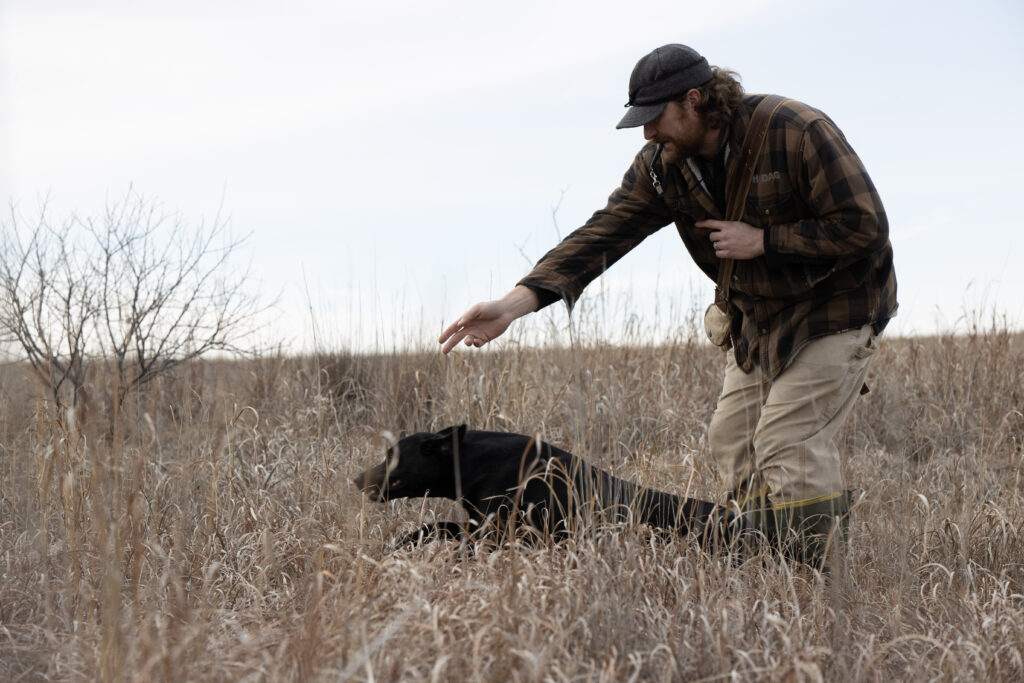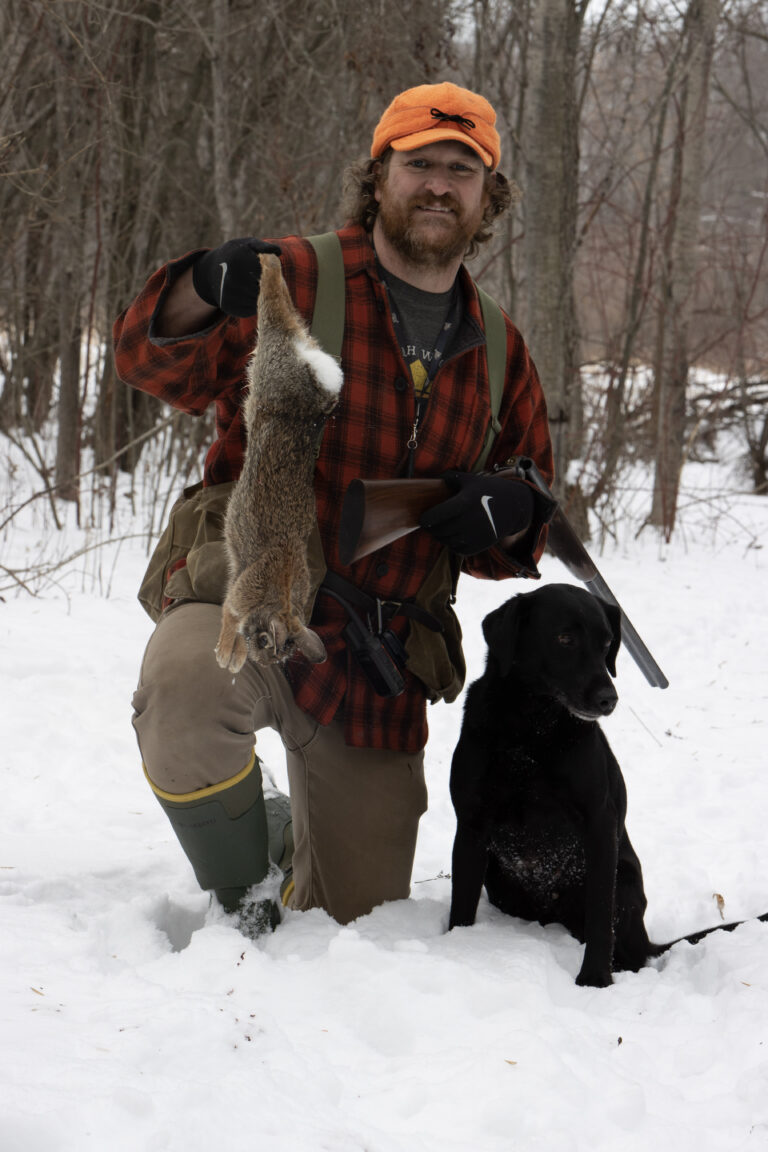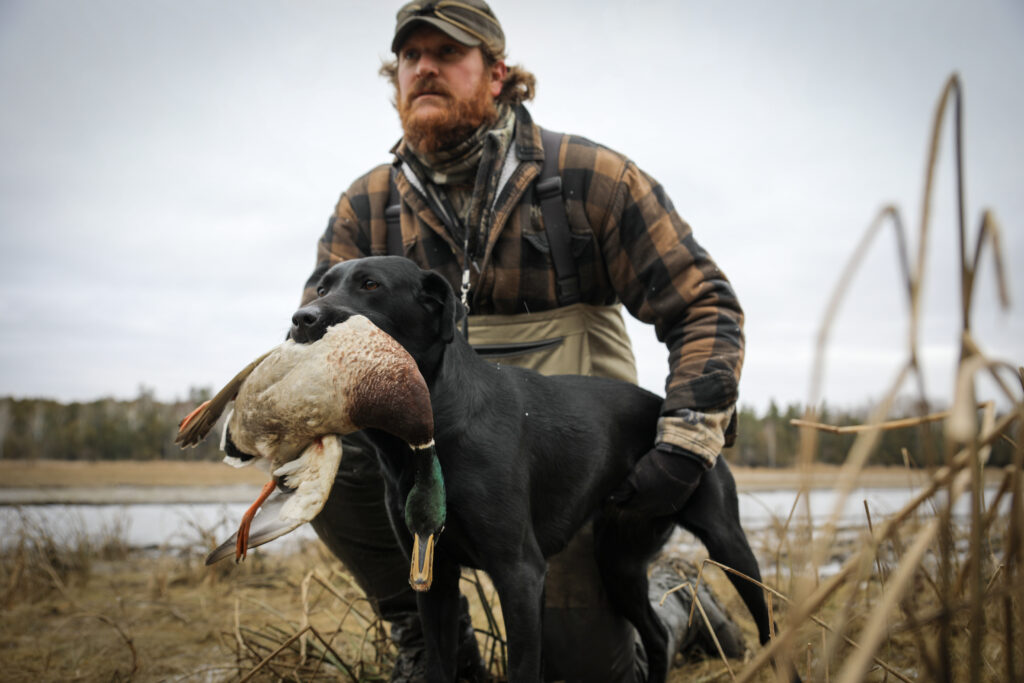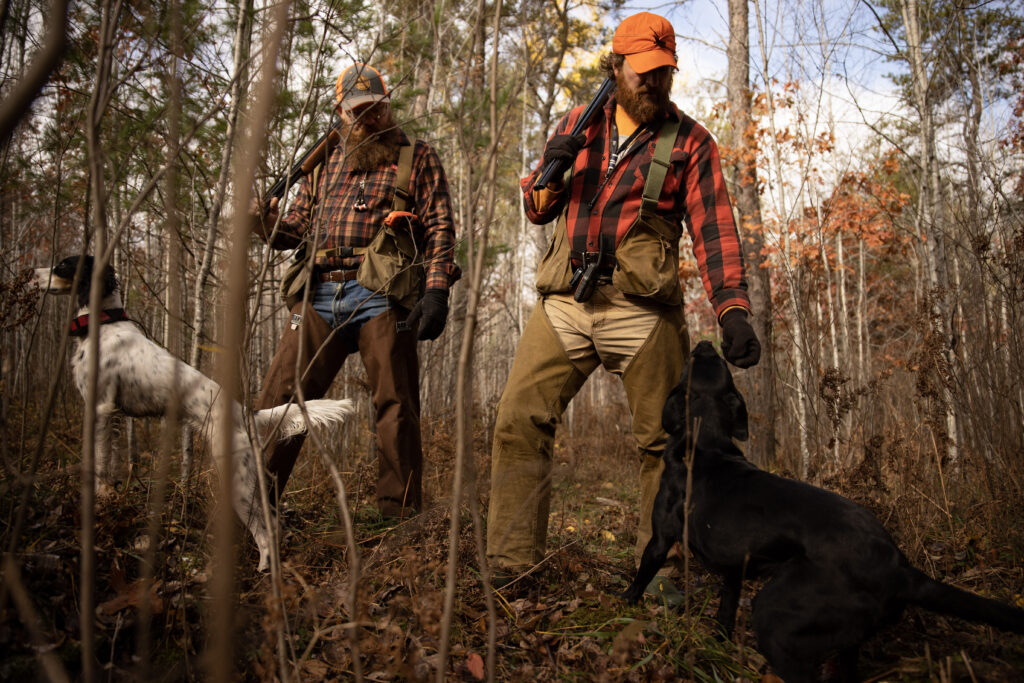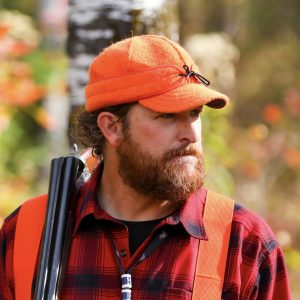If you’re anything like me, you spend as much time in the woods as you can possibly get away with once the fall arrives. If so, you may find yourself in a tree with a LOT of time on your hands to think about strange things. I’ll be the first person to admit that I really cherish those opportunities to reflect. It gives me a chance to slow down, escape from all distractions and observe what can otherwise be overlooked in daily life.
One of the things I’m reminded of every year, typically after my first few encounters with deer, is the fact that a whitetail has no measurable time constraints in the way that we do. They don’t set appointments based on a clock. They certainly don’t have to be at a specific place at a specific time to make a conference call or get to an appointment.
There are instances where one deer may come down a trail at a blistering pace and blow past you in a matter of moments. At other times I’ve seen deer work through a section of woods at a snail’s pace. They browse around cautiously over long durations of time and seem to stare at nothing before making their next move.
This is something about a whitetail deer that has impressed me since I was very young…how unbelievably PATIENT they can be. But then again, what’s their rush, right?
How does this relate to a dog trainer? Good handlers have the foresight to see that the process of training a dog is just that, a process. The fact is, there are no “deadlines” or time restraints that dictate the steps involved. I’ve had the privilege to work with some great dogs over the years. One in particular is now just over 10 years old. Tailer is what I would consider to be both a versatile and proven game finder along with the perfect family dog. She’s the very definition of a “Deer Dog”. Hunting and finding countless sheds for us through spring seasons and has recovered numerous deer that otherwise may have been lost.
She excels in flushing and retrieving everything from grouse to woodcock to doves and wood ducks. In her free time, she’s worked with kids at the local school as a therapy dog. She has quite the resume for a dog her age. As her trainer I realize there will never be a point in her training where we will say she’s “finished”. Her training is a journey of growth that continues without end.
I think it is all too common in today’s world to assess and base measurement of accomplishment as it relates to time. I’m regularly asked about training progress based solely on the dog’s age or how many weeks they have been working on a particular skill set. Why is this?
There are lots of places to send dogs to for professional training and they are typically set up and billed based on time. Three-month programs, six-month programs, 12-month programs etc.…all defined by a list of “things” your dog will supposedly be capable of doing upon completion. I understand that this is a way to structure or package sales for a kennel, but the reality is that there is no way to ensure that all dogs will progress at the same pace or sequence.
I train a limited number of dogs for clients each year and “time” is the reason for everything we do. The difference is that “time” as a measurement of duration in training does not exist for me. When we train a dog, it goes home to its new owners when they, the dog, and I are all ready for it. It might be anywhere from 12-24 months depending on how things go, but there I go again talking about measurable durations of time. What I should say is, they go home when we are all ready.
We share hundreds of hours of training content in a training library on our website in the hopes of helping others train their own dogs. Though I think the information is invaluable, please don’t think that your dog needs to, or even should be a mirrored image as far as progress to the particular dogs I’m working with. Instead, take the approach that your training journey is unique to you and your dog, and that as long as the progress continues to move forward, you will get there in the end…and that’s really what matters. Great trainers realize the value and importance of PATIENCE and forget about the idea of time when it comes to working with their dogs.




